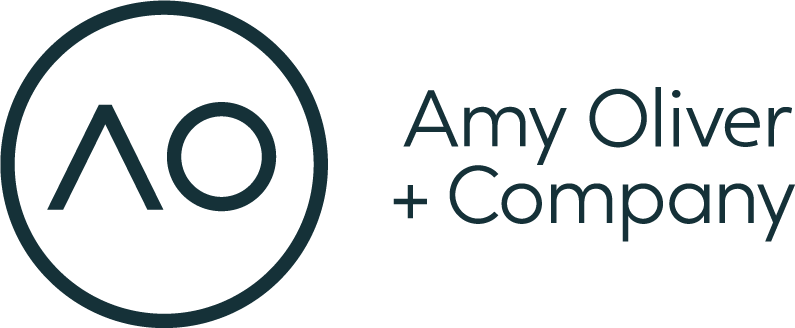Optimizing Your Healthcare Practice With Lean Management
In this article, you will learn how lean management can help healthcare practices improve efficiency, reduce waste, and enhance patient care. By focusing on optimizing workflows and aligning team tasks with their skill levels, practice owners can dedicate more time to strategic growth and patient engagement. Embracing continuous improvement allows pharmacies to deliver more value and thrive in today’s healthcare landscape.
In today’s healthcare landscape, practices must improve efficiency, reduce waste, and enhance patient care to thrive. Lean management is an effective way to achieve these goals. While some believe lean management is about reducing labor, it’s actually about optimizing processes, making the best use of your team’s skills, and creating more value for your patients.
Lean management focuses on minimizing waste and maximizing value in every part of your practice. Waste includes anything that doesn’t directly contribute to patient care or smooth operations, such as unnecessary tasks, delays, or inefficient workflows.
Key principles of lean management include:
Value Identification: Understand what patients value most and ensure every process delivers that value.
Value Stream Mapping: Analyze each workflow step to identify and eliminate waste.
Flow: Ensure processes run smoothly, avoiding interruptions, delays, or bottlenecks.
Pull: Respond to patient needs rather than pushing unnecessary services.
Continuous Improvement: Regularly refine and enhance processes.
A common misconception is that lean management involves cutting jobs. Instead, it’s about ensuring that everyone works at their highest skill level. For instance, healthcare providers should focus on patient care and consultations rather than administrative tasks. The opportunity cost of having highly skilled professionals perform basic tasks is too high; instead, their time is better spent on strategic growth and patient engagement.
Value stream mapping is a core step in lean management, where processes are broken down into steps to identify waste and improve efficiency. Here’s a breakdown:
Identify the process: Select a key process, such as patient intake or inventory management.
List all steps: Break down the process into individual steps.
Assign roles: Note each team member’s responsibility to ensure tasks align with skill levels.
Identify waste and bottlenecks: Spot any steps that add unnecessary time or effort.
Develop and implement a plan: Streamline the process by reassigning tasks, implementing automation, or removing unnecessary steps.
Monitor and improve: Regularly review results and make adjustments as needed.
By delegating appropriately, healthcare practices can improve efficiency, reduce costs, and deliver high-quality patient care. This allows practice owners to focus on strategic planning, business growth, and patient engagement, with support staff handling routine tasks.
Embracing lean management in healthcare practices is about working smarter. By optimizing workflows, using your team’s skills effectively, and committing to continuous improvement, you can create a more prosperous and successful healthcare practice.
Adapted for general health practices from publications written for Pharmacy Practice + Business magazine:https://canadianhealthcarenetwork.ca/optimizing-your-community-pharmacy-lean-management?utm_source=swiftmail&utm_medium=email&utm_campaign=CHN_NL_Pharmacist_DailyNews&mkt_tok=ODI1LUxTUC01NDUAAAGWn-RUB7Sa9Co2iNazn0Rlae4pBgoh9Jy4IfJLiI7Xvqu0F3ebTRbn_t6InyE6voZE33YVFMfFOwUq4ls7PqDrbi6AGLybWgTkxqERFkJksIPZ
